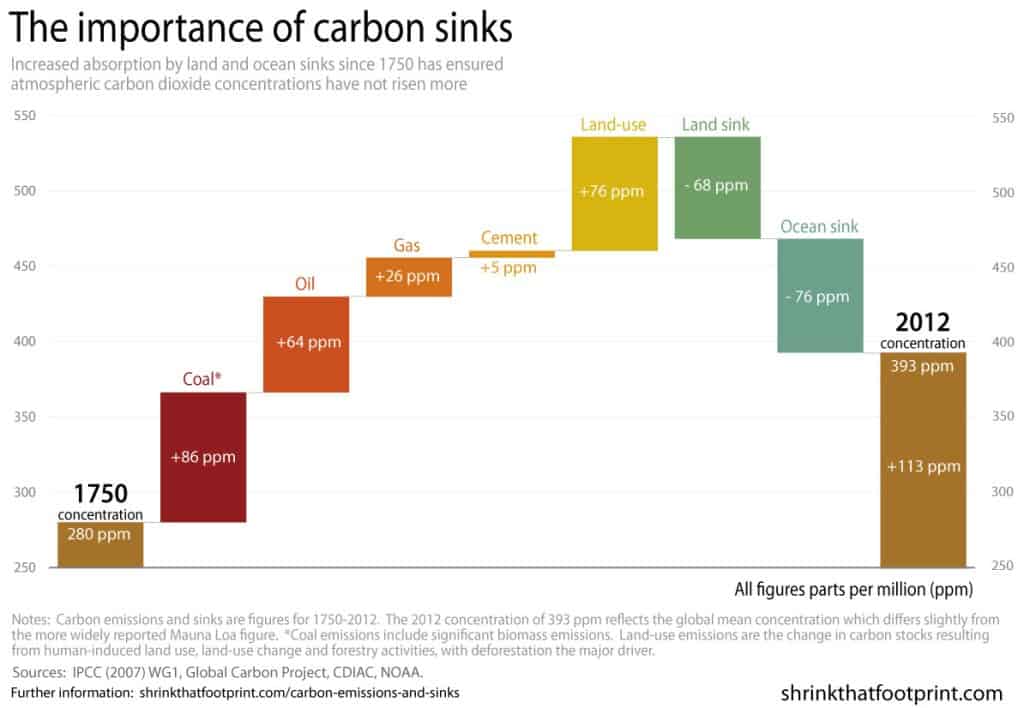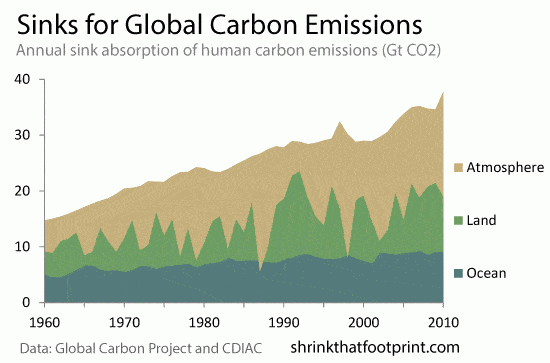Introduction – Large Scale Residential Fires And Relationship To Climate Change
My home is burning at the moment. Not the bricks and mortar I live in here in the UK, but the place I call home. The coastal region of New South Wales. In fact there is a 750 ha fire about 20km from my parents’ house as I write this.
Bush fires are part of life in Australia, and they always have been. But the fires at the moment are very early in the season, so people back home are asking if the fires are related to climate change.
Canadian WildFires – 2023
The spate of wildfires affecting Canada and its subsequent impact on the US is yet another stark reminder of the escalating effects of global climate change. The prolonged dry and hot conditions that set the stage for such extensive wildfires are in line with what climatologists have warned would be the outcome of unchecked global warming. Moreover, the fires, by releasing stored carbon, are contributing to a vicious cycle of climate change.
Normally, as we describe below, forests serve as carbon sinks, capturing carbon dioxide and thus mitigating greenhouse gas accumulation in the atmosphere. When these forests burn, not only is this carbon capturing capacity reduced, but also large amounts of stored carbon are released back into the atmosphere, further exacerbating global warming.
The dire air quality in New York City underscores the fact that the impacts of these climate-induced disasters are far-reaching, affecting areas hundreds or even thousands of miles away from the fire zones. As the world grapples with climate change, it is becoming increasingly clear that action to mitigate these effects is not just beneficial, but necessary for global health and wellbeing.
Impact On Residences Extends To Hurricanes, Floods
Linking a single fire with climate change isn’t very sensible, particularly while peoples’ homes are still burning. But the long term link between climate change and the risk of heat related extreme weather events, like fire and heatwaves, is gradually being understood. It is a link which is better evidenced than for things like hurricanes and floods, where robust trends are virtually non-existent.
Daily Mean Temperatures Are Also On The Rise
According to an old webpage on CSIRO “Australian annual average daily mean temperatures have increased by 0.9°C since 1910” (the target page is gone unfortunately). In January it was so hot the Australian Bureau of Meteorology added some new colors to the legend on its heat map (above), the purple indicating above 50°C (122°F). As we have hotter and longer summers we face increased risks of heat related dangers, one of which is fires.
The current fires and the bit of climate debate they have provoked has gotten pretty ugly back home. But the vivid images serve to remind me of something else that I never read in the papers; the vulnerability of the carbon cycle to the risk of fire, and other feedbacks, in the coming century.
The Importance Of Carbon Sinks
In my recent climate science for beginners post I talked about why scientists are uncertain as to how much the planet will warm by the end of this century. The two reasons that are often discussed are the path of future emissions and climate sensitivity. But there is also a third important factor. The future of carbon sinks.
If it wasn’t for the increased absorption of carbon dioxide by the oceans and land sinks since the industrial revolution atmospheric concentrations of CO2 would already be above 500 ppm, and the world would be much warmer.

Of the total carbon dioxide emitted by human activity since 1750 about 44% remains in the atmosphere, 30% has been absorbed by the ocean and 26% by land sinks including trees, soils and fungi.
Sinks Are As Important As Sources In The Calculus Of Carbon Emissions
I’ve shown the annual sources of carbon emissions before, but where those emissions go in terms of sinks is hugely important too.

As humans emit more and more carbon dioxide each year the atmospheric concentration of CO2 increases, while both land and ocean sinks also absorb more CO2. While absorption from the ocean has grown steadily, there is large annual variability and uncertainty surrounding land sinks.
If recent land sink growth is the result of CO2 fertilization and nitrogen deposition then land sinks may continue to absorb more and more carbon. Whereas if they are largely a response to past land use change in terms of regrowth and thickening they may weaken, exacerbating warming.
The Power Of A Carbon Sink Is Variable And Depends On The Climate Context
Such uncertainties seem common when looking at carbon sinks. Higher temperatures are generally associated with lower net absorption but increased CO2 and rainfall with more. Fire are an issue too.
During the 20th century annual carbon emissions from fire increased by around 40%, driven largely by increased tropical forest fires (see Mouillot). Some fires like the Amazonian fires of 1997/98 and the Black Dragon fires in China and Siberia in 1987 were big enough to have a discernible impact on global atmospheric concentrations.
The Future Of Carbon Sinks
If it wasn’t for the land and ocean sinks carbon dioxide concentrations would be growing at 4.8 ppm each year, rather than the recent average of 2.0 ppm. If you priced this mitigation service at $25/t CO2, it would be worth half a trillion dollars each year. But if you like the ocean, the price being paid in terms of acidification is virtually incalculable.
Hopefully land sinks will continue to absorb more carbon dioxide due to increased fertilization. But at the same time rising temperatures put natural carbon sinks at risk. This includes the more immediate risks like fire and dehydration of peatlands, through to the threats of melting permafrost, methane hydrates and ocean pump declines.

This image from the Global Carbon Project is a good visual summary of the many vulnerabilities carbon sinks face in the coming century. You can see the northern and eastern parts of Australia subject to fire.
Climate Change Make Carbon Sinks More Vulnerable By Increasing Uncertainty
This map isn’t saying that these things are going to happen, there is a lot of uncertainty. It is simply pointing out that as the world warms up the natural carbon sinks become more vulnerable to decline. For a proper summary check out the Global Carbon Balance and its Vulnerabilities.
As the Eucalypts continue to burn in New South Wales I can’t help but wonder if at some point in the future the oceans and land are going to start throwing more carbon dioxide back into the atmosphere.
Lindsay Wilson
I founded Shrink That Footprint in November 2012, after a long period of research. For many years I have calculated, studied and worked with carbon footprints, and Shrink That Footprint is that interest come to life.
I have an Economics degree from UCL, have previously worked as an energy efficiency analyst at BNEF and continue to work as a strategy consultant at Maneas. I have consulted to numerous clients in energy and finance, as well as the World Economic Forum.
When I’m not crunching carbon footprints you’ll often find me helping my two year old son tend to the tomatoes, salad and peppers growing in our upcycled greenhouse.
